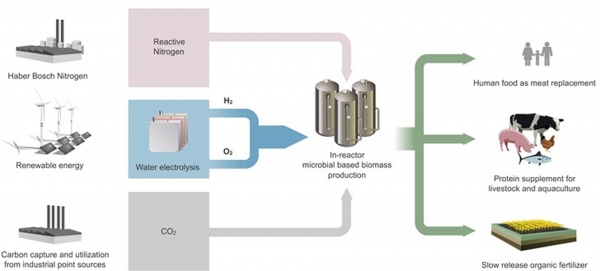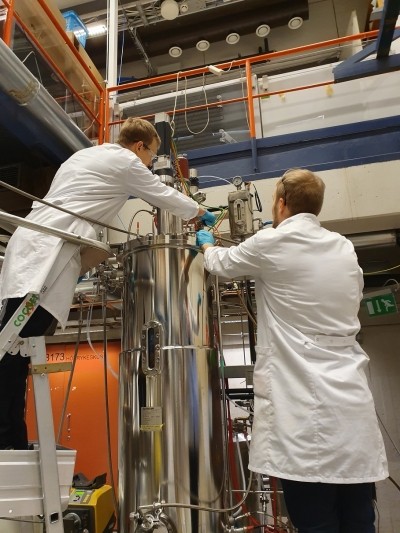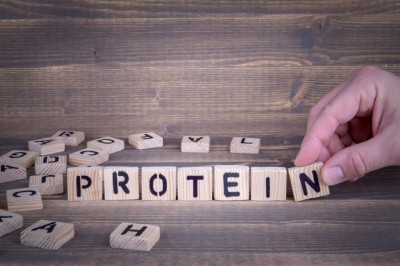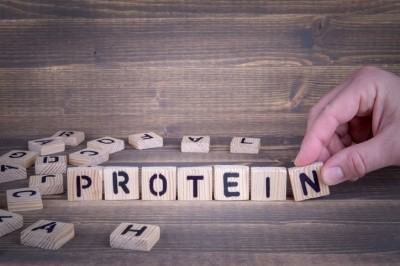Special Edition: Lowering the carbon footprint of feed
Renewable hydrogen and not natural gas inputs preferred sustainable route to microbial protein: study
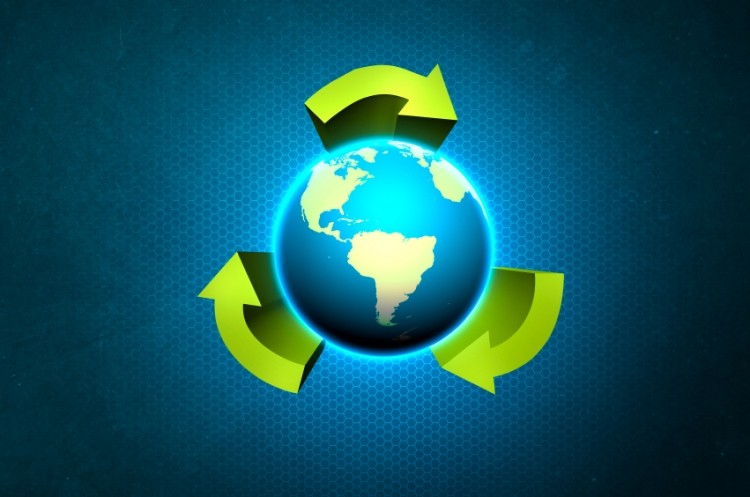
Researchers, based in Australia, Belgium and Scotland, said that in order to deal with the climate change challenge, there is an urgent need to develop alternative technology that can be implemented in the near future, capable of effectively avoiding carbon emissions and/or capturing and utilizing carbon, that also have a positive impact on the environment and the global economy.
Their short paper, published in the Science of the Total Environment, examines the potential of autotrophic hydrogen-oxidizing bacteria to capture and utilize carbon in the form of human food, protein rich animal feed and slow-release nitrogen fertilizer.
“An interesting alternative option that, so far, has not been explored on industrial scale, is carbon capture coupled with storage in and utilization as microbial biomass by using autotropic micro-organisms that rely on renewable hydrogen, the so-called hydrogen oxidizing bacteria (HOB) (Fig. 1) (Matassa et al., 2015; Matassa et al., 2016b; Pikaar et al., 2017). The key feature of these bacteria is that they have a special capacity to use the energy which becomes available when they enzymatically combine hydrogen gas with oxygen gas to produce water; the renewable energy initially invested to electrolyse the water to hydrogen and oxygen is thus recovered by the bacteria and used to build up CO2 and minerals into their cellular components.”
The autotrophic microbial biomass that is formed from CO2 under aerobic conditions can, depending on the industrial production process and final quality of the microbial biomass, be used for human food as a protein source as a meat substitute, as protein rich feed for livestock and as slow-release organic fertilizer, providing both nutrients to the crops, but also serving as a means to store carbon in agricultural soils (Lal, 2004a, Lal, 2004b, Lal, 2008; Paustian et al., 1997; Paustian et al., 2016; Smith, 2016), they noted.
In terms of the feed aspect, the authors commented that, in recent years, the production of microbial protein (MP) has regained significant interest, particularly in the aquaculture industry, with the production of natural gas based MP as a fish feed ingredient, reaching industrial production at economically competitive prices.
However, they said as this production process currently relies heavily on the use of natural gas, such a pathway will not provide an ultimate long-term sustainable solution.
“Recently, it was demonstrated that high-quality MP with an amino-acid composition similar to fish meal can be produced using hydrogen as energy source coupled with carbon capture (Matassa et al., 2016).”
However, at current hydrogen production through water electrolysis costs, the overall production price of microbial protein exceeds the costs of conventional soybean and fishmeal.
“If, in the future or in specific geographic regions, the cost can be decreased substantially or as costs of conventional soybean and fishmeal increase, this line of production of protein could become cost competitive.”
An added momentum for microbial protein is that the current practice of supplying aquaculture with wild-catch fish protein harvested from the ocean is subject to severe environmental considerations, which creates possibilities for other more sustainable opportunities, they stressed
“The global aquaculture industry is, at present, under enormous pressure to find alternative, more sustainable, protein sources.”
Though, the researchers noted that the demand for fishmeal will remain high, due to its very valuable amino acid profile.
In summary, they see that the production of food via the route of microbial protein has the current potential to decrease the use of fossil fuel, water, pesticides, and land use, to provide the global population with nutritious protein, but there may be issues with public acceptability/demand and it would require further research concerning its composition and potential side effects.
The production of microbial protein as animal feed via autotrophic microbial biomass is not yet economically competitive, they wrote.
Despite its theoretical potential as a clean-tech solution to capture carbon and increase soil organic carbon content, the authors said the current low market value of organic nitrogen fertilizer, the high-energy demands and current production costs, severely limit the practical feasibility and potential as a climate change mitigation tool.
History of SCP
The production of microbial protein (MP) for livestock feed is well documented (Anupama and Ravindra, 2000; Kihlberg, 1972), said the researchers.
It was already produced at industrial scale in the 1970s (Matassa et al., 2016a; Pikaar et al., 2017), they said.
In 1976, the UNESCO science price was awarded to ‘large-scale and low-cost production of single cell proteins from oil’ (Pikaar et al., 2018b). The bacterial protein product, called Pruteen, produced from methanol, was commercialized by Imperial Chemical Industries Ltd. in 1980.
Meanwhile, the Soviet Union was very active in achieving large-scale industrial production of microbial protein. As described in a recent de-classified CIA report, the Soviet Union had a state-wide research program, entitled The Soviet Hydrocarbon-Based Single Cell Protein Program, aiming to produce microbial protein in the form of yeast using n-paraffin derived from oil as the carbon and energy source (CIA, 1977).
“Despite these major international efforts, MP never reached full market potential with most of these initiatives being ceased at the end of the 1980s.”
Finnish project
Using electricity and carbon dioxide (CO2), researchers at the Lappeenranta University of Technology (LUT) and VTT Technical Research Centre of Finland have produced a batch of single-cell protein.
They say the biomass could be used in food and animal feed and that the protein can be produced anywhere renewable energy, such as solar energy, is available.
The project received funding for three years from the Academy of Finland. “However, we want to attract additional investment to accelerate progress. The project has attracted a lot of interest in Finland and there has been a lot of reaction to it on social media,” Juha-Pekka Pitkänen, scientist at VTT, told us last July.
The method involves conducting renewable electricity into a bioreactor, breaking down water into hydrogen and oxygen. Meanwhile, carbon dioxide is also fed into the reactor. The microbes in the reactor are supplied with nutrients, such as nitrogen, sulphur, and phosphorus, as well as other micronutrients. This makes the microbes grow and multiply.
At the beginning of the food manufacturing process, the mass is dried to remove water. The outcome is a compound that reminds protein powder or dry yeast.
“We see that electricity prices are going down and installations are increasing making renewable sources plentiful," said Pitkänen.
The researchers, he said, are also studying how best to capture CO2, an important component in the protein production process. “We could get it from the air, and then production would not be bound to any location, or we could source it from brewery or other fermentation based industries or we could take it from power plants but that would be a fossil fuel source so not so ideal.”
Source: Science of the Total Environment
Title: Carbon emission avoidance and capture by producing in-reactor microbial biomass based food, feed and slow release fertilizer: Potentials and limitations
Authors: I Pikaar, J de Vrieze, K Rabaey, M Herrero, P Smith, W Verstraete
